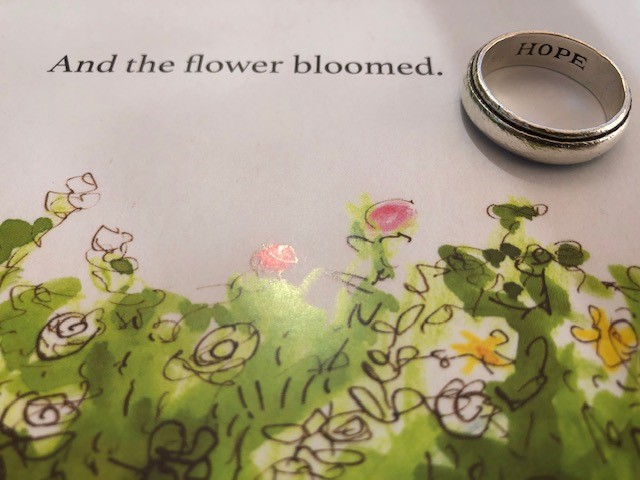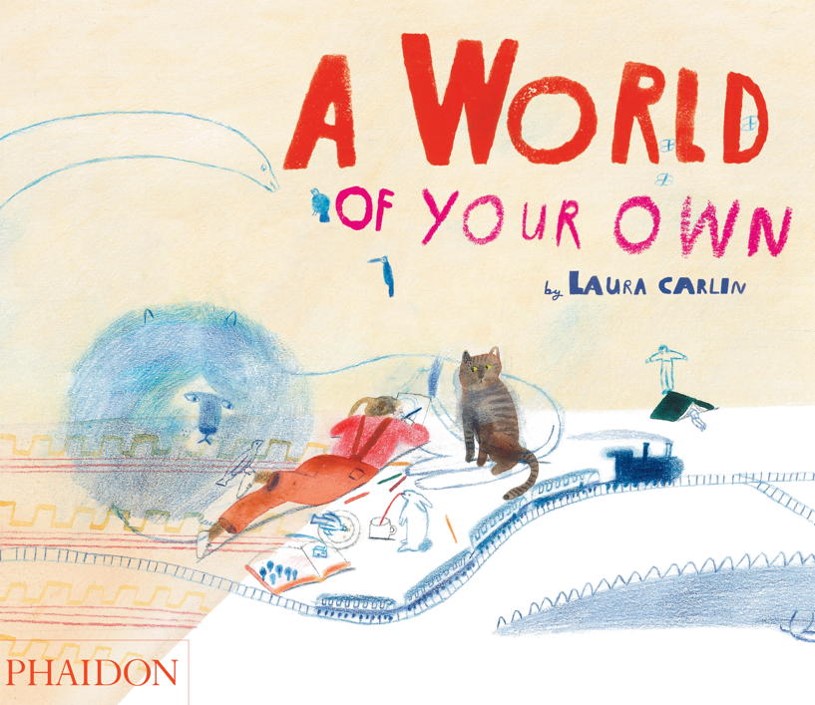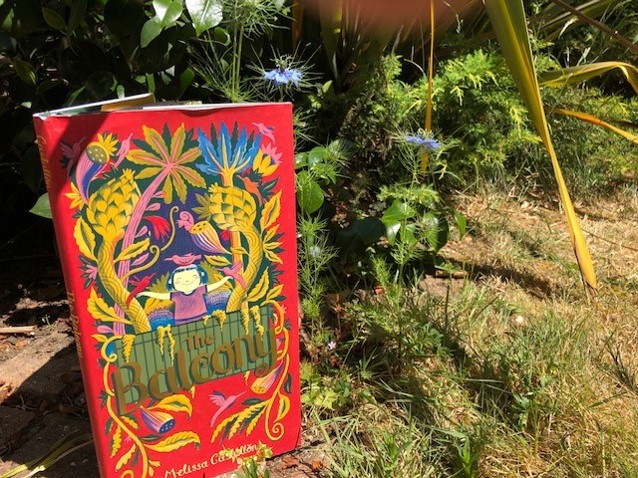Up until 2015, prior to some literary hijacking by Max Porter, hope was the thing with feathers. We know this because Emily Dickinson said so. Hope is a curious word. I used to think it was my favourite word and so an early gift from my then not-yet-wife contrived to keep ‘hope’ very close at hand.

My relationship with ‘hope’ – concept and word – is less straightforward now. I always felt it served me well when it was needed most. I always felt it served many of us well when the world’s most powerful were up to no good. It’s been carrying a lot of weight, hope, especially recently. But you grow up, and you keep on reading, and over time, you see the complexities of a thing. The lens may vary (psychology and medicine; philosophy for instance) but ‘hope’ in one way or another loses something of its lustre, much like my ring.
When it comes to children’s books, I have some more straightforward views about hope. I’m of the view that dark and scary material, in the right hands, selected at the right times, in a safe environment such as my classroom, is fine. There’s just one clause in this contract. It has to end with hope or light. We don’t leave children with anything like despair. If we choose wisely, we don’t even take them too close to it.
With the current lockdown-fuelled rollercoaster of emotion and sentiment – complete with theme park queues to simply buy food – there has been much talk online about the ways and means by which we will support those children that have yet to return to school. Children whose experiences will have varied greatly. Given that my own use of social media is heavily biased towards the study of English, and, within that, reading, and, within that, children’s literature, much of what I have seen relates to book choices. This might be book choices for whole school study given the unique profiles of children currently in attendance. I love a whole school book study as you might realise here. Very often it is book choices that look to address some of the kinds of issues that children may have faced/may be facing.
It’s wonderful that we can explore, learn about, empathise with, or feel less lonely in going through some of the harder aspects of life. Such books have a truly important role to play in schools and other settings in fostering understanding, and offering support or space for reflection/contemplation. But they need to be used well. Carefully chosen. Handled sensitively. Led by need and what we know about dealing with trauma, and loss and all those other things that give hope a thoroughly good kicking. Sometimes though, and especially recently, I worry that we might be too quick to offer what we think might be needed, sometimes too soon, rather than what actually is needed first, second and for perhaps longer than that.

Today I received a book in the post from Tiny Owl Publishing. The book is called Bloom and it is written by Anne Booth and illustrated by Robyn Wilson-Owen. It’s a charming book, and I hope they don’t mind me saying but simply so. I’ve said it before: simple is often best. Not always. Nothing is that simple. Bloom tells the tale of a man who does not appreciate what he has around him and pays something of a price. Worry not…don’t give up hope…help is at hand in the form of a young girl, simply going about the business of walking to school but taking just a small, precious moment to show some appreciation. Lessons are learned. A flower blooms. It all ends hopefully.
This book called to mind others that I have either worked with in school, or hope to in the future. There’s that word again. You’ve got to hope sometimes. Each of these books involve plants in some way or another, and it has struck me today quite how well placed they might be to share in the process of transitioning back to something approaching classroom normality. Not that anything ever is entirely normal in the classroom.

Nicola Davies’ The Promise, illustrated by the genius hands of Laura Carlin is a book that has worked its magic in a number of schools that I have worked in. I love The Promise, and it’s personal.
I live in a town that has had more than its fair share of challenges and brickbats thrown its way. I’ve heard it described as “pure concrete”. It’s true, we have more than our fair share of concrete. And some of that is extremely beautiful to my eye. But its also true that we have plenty of stunning areas of green. In some parts of town, you need to get up high to see them, but they are there. It’s all about perception and what you are open to. I’ve learned over time that you can’t always help the close-minded. The Promise begins with a view of a city that I think fairly reflects the way my hometown is characterised.

I don’t want to spoil the book, but I have to make the links clear in some way. Plants figure. A city is transformed. What looked bleak – well it changes. I wonder if I might need to spell out why this might make The Promise a really great, hopeful choice to share in class. It might open up deeper conversations. It might carve out the space for those critically important one-to-one conversations that we sometimes, sadly, need to have.

I have two further things to offer here. First is that Laura Carlin’s A World of Your Own would make a fantastic accompaniment. This guide to taking the world around you and reinventing it in your own eyes and art work can take the transformations of The Promise and pass the creative control over to the children. Second is that I have a number of planning ideas related to The Promise that I am very happy to share. Get in touch here, or via Twitter (@GalwayMr). One that I will share. It is well worth typing up the text in the book and possibly sharing this prior to sharing the book. The text has a real shape that adds meaning to the dynamics of the book. Children might appreciate this more actively if you cut up the transcription so that they have to carefully attend to the patterns in the poetry in the book. Reading all the more carefully as they reconstruct the text, can they spot the moments that explode across the spreads in the book itself? Can they see how those smaller snatches of text set up the pivotal moments of the book?

A more recent book with similar overtones but its own very distinct, aesthetic is The Balcony by Melissa Castrillon. This really is a beautiful book. Just its dimensions offer a very tempting invitation, and serve to do justice to the scaling of a city landscape. Like The Promise it casts its eye over an urban landscape and finds it in need of a little greenery. It’s only on revisiting the book that I see that amongst the minimal text is the word ‘hope’ – so, clearly it belongs in this blog. Other standalone words include ‘home’ and ‘friends’. The big stuff. The important stuff. Presented in glorious spreads that make use of a limited colour palette but feel as vivid as you like. Like The Promise it deals with transformation and how seemingly bleak situations can turn out finer than fine. It’s not false hope when it is offered to children.

Along similar lines is Footpath Flowers by JonArno Lawson and illustrated by Sydney Smith. I have waxed lyrical about Sydney Smith’s work elsewhere, and his debut solo excursion, Small in the City, was my favourite picturebook of last year. More on that in the not-too-distant future, I hope. Footpath Flowers adds something fresh to our growing bouquet. Something fresh in the form of the keen eye of a child. This blog is about picturebooks. Let’s just pause and acknowledge a primary teacher’s truth. Children almost always notice something more than the adult. Their seek and discuss skills can be breathtaking. This book will offer plenty of scope for that, while at the same time showing the beauty that can all too often go unnoticed. I can’t help thinking of those critics of the hometown that I love. They could learn a lot from the central character in this touching book: her keen, appreciative eye; her giving hands. Share, enjoy , and take careful note of the role that colour plays as it threatens to extinguish the monotones that dominate the larger part of the book.



Alongside these titles, there are more that offer tales of change, growth, new life, and – let’s face it death. That last element – we’ve all been too aware of it. We haven’t been able to afford squeamishness, but we’ve been hurt, and we’ve grieved. We know only too well the overwhelming feelings that attend here. We cannot always know quite what to do when others experience these. Tread with care. There are many great books that deal head on with this most difficult topic. This blog is not about those but I have plenty if you should be in need of them. Just get in touch.
For now the quirky joys of Du Iz Tak by Carson Ellis , seemingly more readily enjoyed by children than most adults, provides an exploration of the circle of life. At times it seems brutal (let’s just mention spiders and birds, and move on) but it’s adults that balk, children not so much. If you’re unconvinced, it doesn’t half go well with the plants and growing topic that sits somewhere in that meticulously mapped curriculum of yours.
The Little Gardener is just a paean to kindness and has the added bonus of Emily Hughes’ unmistakably vibrant illustrations. Helpfully for me, plants figure once more. The clue is in the title. Add to that challenge, hard work, kindness, support, community, collaboration – and yes: hope…
It was alive and wonderful.
It gave the someone hope.
It made the someone want to work harder.
The Little Gardener Emily Hughes, Flying Eye Books, 2015
Last but by no means least is the complex and formally dazzling Here I Am by Patti Kim and illustrated by Sonia Sanchez. Can you just trust me that it fits? I don’t want to say any more as I know a colleague of mine has something planned for the near future based on this gem of a book. It’ll be worth the wait.
So there we go. Books. Plants. Something about hope. Always handy, when there are children in the mix.
Leave a reply to Martin Galway Cancel reply